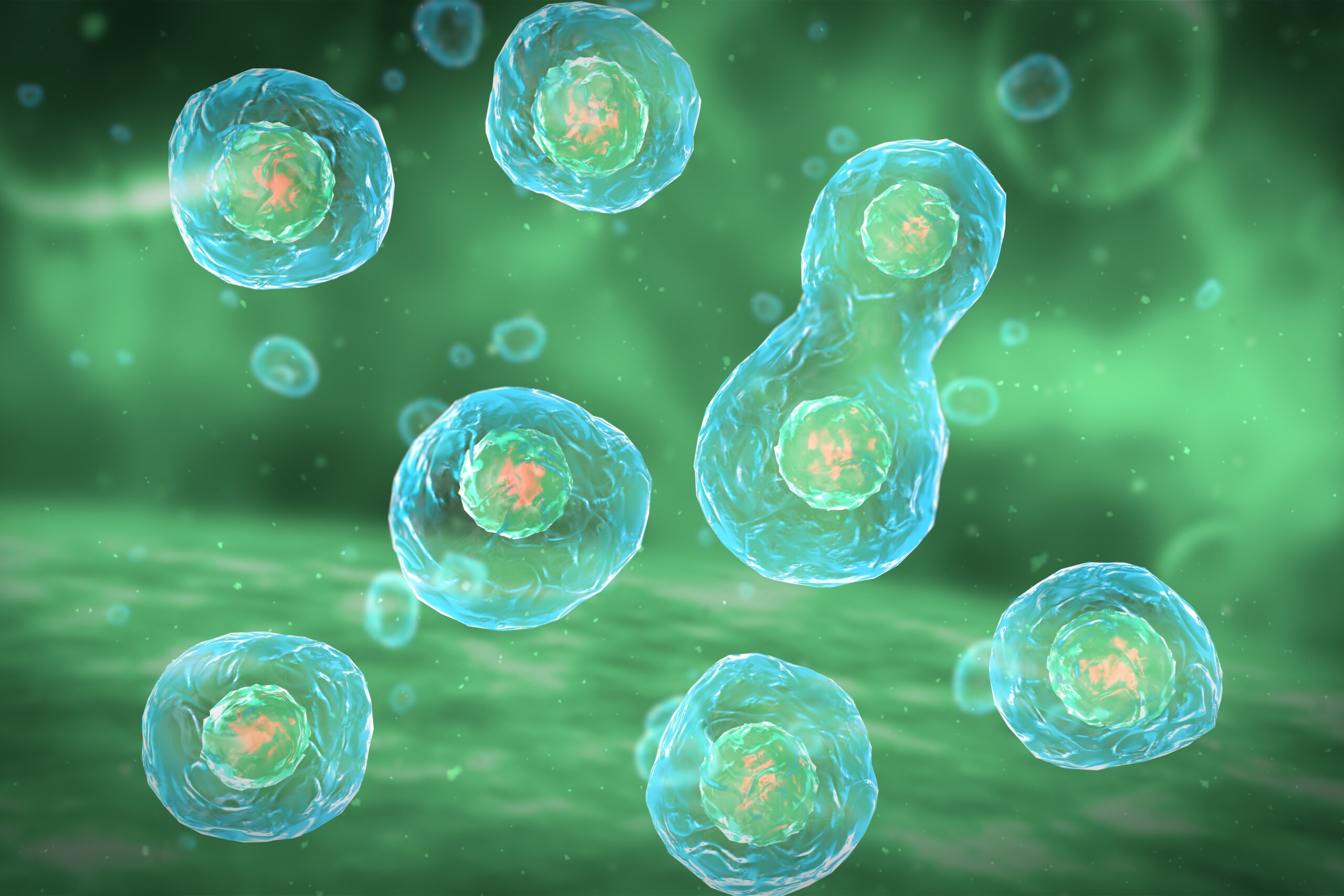Medical device and MedTech insights, news, tips and more
New Wound Care Product Offers the Next Step in Healing
October 30, 2017

A new antimicrobial wound dressing that uses a patient’s cells to regenerate lost tissue may soon replace antiseptics, stitches, and skin grafts now used to treat chronic wounds. The dressing promises to reduce the risk of scarring and infection while making the healing process less agonizing than it is today.
The dressing combines a patient-derived extracellular matrix (hECM), which acts as a scaffold for cells to regenerate and proliferate across a wounded area, and a natural human antimicrobial and anti-inflammatory peptide discovered by researchers at Worcester Polytechnic Institute. The wound dressing also contains biologics that promote the growth of blood vessels within the healing tissue. This makes it possible to treat severe and chronic wounds such as diabetic, venous, and pressure ulcers.
The prime investigator behind the dressing is Histogen, Inc., a regenerative medicine company based in San Diego, CA. It is best known for developing a hair-stimulating complex now undergoing clinical trials. The same cell growth technology that produces its treatment for baldness also generates dressings that can heal wounds without scarring.
The company’s core technology uses a proprietary bioreactor that grows newborn cells on beads suspended in liquid under low-oxygen (hypoxic) conditions. Instead of growing them in the atmospheric air we breathe, which is about 21 percent oxygen, the bioreactor grows cells in under 3 to 5 percent oxygen, much like the conditions in the human body. In fact, the bioreactor environment simulates the womb.
Histogen takes advantage of that environment by starting with fibroblast cells, which synthesize the structural framework of animal tissues. When grown in the bioreactor, newborn fibroblasts develop stem cell-like characteristics and become multipotent, meaning they can grow into a variety of different types of cells. They secrete human extracellular matrix (hECM), which forms a platform for tissue growth, as well as a variety of growth factors and other biologics that encourage cell growth.
“Hypoxic conditions produce cells in an embryonic condition and as a result, the cells revert and become a little bit more plastic or embryonic-like,” Michael Zimber, Histogen’s director of applied research and the lead investigator on the project, said. “We believe the product will create a better class of molecules that would be more appropriate for inducing full regeneration of the tissue.”
Unlike stem cells, which raise ethical questions because they may come from aborted fetuses, fibroblasts are harvested from neonatal babies, most often from the foreskin of male babies who have undergone circumcision. An entire industry has grown up to culture, grow, and supply fibroblasts to researchers and industry.
Histogen makes its wound dressing, called Exceltrix, by extracting human extracellular matrix proteins and growth factors from the bioreactor and forming them into a thin wafer. It adds an antimicrobial peptide developed at Worcester Polytechnic Institute (WPI) to treat infection in chronic wounds.
Exceltrix looks like a paper sheet 3 millimeters thick. Clinicians can cut and reshape the sheets to fit the size of the wound, and layer them for deeper wounds. The product does not trigger an immune reaction, and bonds to surrounding tissue without stitches or extra packing to keep it in place.
“It’s about as painless as putting on a Band-Aid,” Zimber added.
Once set, it breaks down and destroys infectious bacteria, opens up oxygen flow, and completely regrows skin. It may even regenerate hair follicles. The injured area heals the way fetuses heal in the womb, quickly and without scabs or scars.
Read More at the Source: New Wound Care Product Offers the Next Step in Healing
by Cassie Kelly
